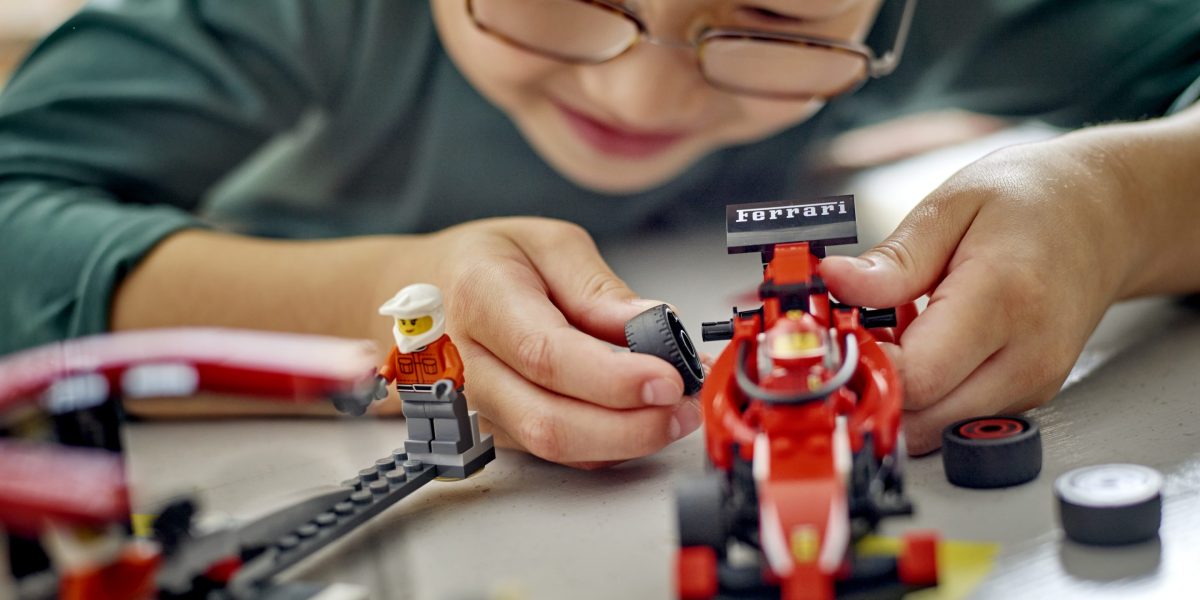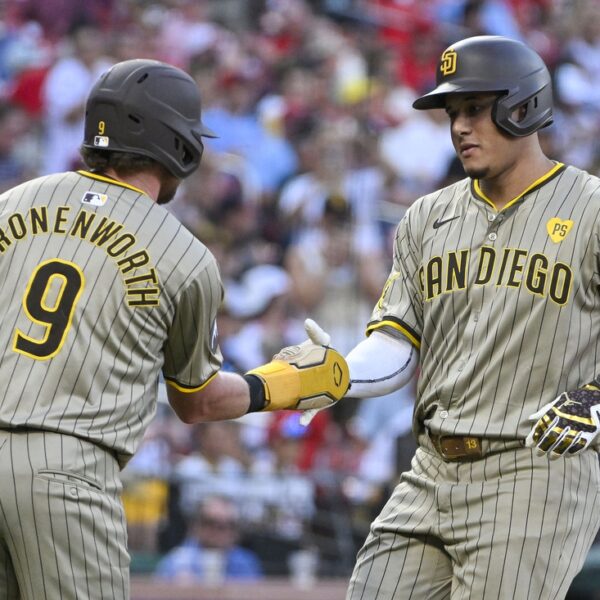Formula One, the elite motorsport, and Lego, the famous brick-building toy, have one thing in common—both brands have legions of fans across the world and a following unlike any other.
Now, the two brands are joining hands to mint a new generation of fans—from toddlers to adults—who love their bricks as much as they do race cars.
Lego and F1 announced a partnership in September to open up avenues for young families and new fans to engage with the sport through the widely loved toy maker. That will entail a whole new range of F1-themed Lego sets, unveiled last week at the 2024 Las Vegas Grand Prix.
The sets span Lego’s entire portfolio, from simple sets for young kids to more complex builds of F1 pitstops, team-specific cars, and collectibles. One example is the Lego Speed Champions range, which drills down to the details of each of the 10 teams’ cars in the 2024 racing season.
The Danish company will also be present at each of the Grands Prix scattered around the world through fan pop-ups, allowing people to participate in motorsport beyond being spectators.
“In the last four years, it’s become pretty evident that F1 has become … not just a serious sport for car enthusiasts, but actually a sport that’s attracting a lot of families and a lot of kids and a lot of different audiences,” Julia Goldin, Lego’s chief product and marketing officer, told Fortune in an interview.
The motorsport’s popularity has skyrocketed in recent years, following the release of Netflix series “Drive to Survive,” which spawned a bigger fan base across the world. It also had a halo effect on F1 race viewership, prompting fresh interest in the sport that’ll mark 75 years in 2025. The show sneaks behind-the-scenes glimpses of a sport that, until recently, the average fan had little insight into.
While traction for F1 has changed in recent years, even the definition of being a fan of motorsport is evolving, from engaging a wider female audience to generating buzz with content creators.
The Lego partnership aims to capitalize on the growing fan base of young F1 enthusiasts, over four million of whom are aged between 8 and 12 and are based in Europe or the U.S. Plus, roughly 40% of the sport’s Instagram following is under 25.
Characterizing F1’s burgeoning young fan group has been one of the sport’s objectives since it was taken over by Liberty Media in 2017. That demographic likely overlaps with the one in which Lego has become well-versed over its 92-year history.
“Everyone in sport wants to penetrate the next generation of fandom, and Lego gives us the opportunity to do so,” said Emily Prazer, F1’s chief commercial officer. She added that the partnership also feeds into the sport’s “365 days always-on strategy” that gives fans ways to connect with the sport beyond the race days.
“Adults obviously understand the sport and we want to be able to have the entry-level stuff to start explaining the strategy [in F1] from a young age,” Prazer said.
To be sure, Lego has worked with the F1 brand in the past on one-off products in collaboration with individual teams such as McLaren Racing. Those deals brought it “a lot of traction,” Goldin said, giving Lego a hint of what type of products to create. The new tie-up, which will kick off in the new year, will be a multi-year collaboration with the entire F1 franchise.


Suhaimi Abdullah—NurPhoto/Getty Images
Motorsport has long been seen as elite and less accessible compared to football. It’s also associated with opulence, as races are set against stunning backdrops in cities like Monaco and Tokyo, and tickets for Grand Prix weekends can cost several hundreds of dollars for a single person. The cars used in the sport, too, are nothing short of engineering breakthroughs, making tech innovation and investment the crux of the F1 championship.
Lego is no stranger to innovation. It’s also snapped up deals with most big fan-led franchises in recent memory—from Harry Potter to Star Wars. It’s also been a champion of all things STEM, with an entire range of brick sets dedicated to the space.
“If we can continue to drive relevance, engagement, innovation, [and] creativity, both for our teams, but also for all of our fans, that would be great,” said Goldin.
The Danish giant’s sheer range of sets across subjects, price points, and age groups is among the reasons it’s one of the largest toy companies in the world. It’s also managed to defy a slump impacting the overall toy market.
With its new F1 deal, the group hopes to capture racing enthusiasts and find fans in a new setting, including at race weekends.















